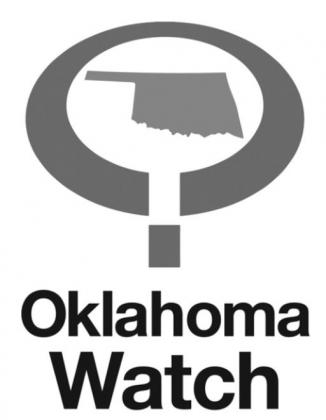It’s been a long, strange trip for Oklahoma’s $2.6 million shipment of hydroxychloroquine, bought a year ago as a once-promising treatment for COVID-19.
The 1.2 million doses of the drug normally used to treat lupus, rheumatoid arthritis and prevent malaria were shipped from a California distributor to a small pharmacy in Pryor, with the state paying for the hydroxychloroquine from money borrowed from fees generated by medical marijuana licenses.
The hydroxychloroquine now sits in a warehouse at an undisclosed location, with the Oklahoma State Department of Health reluctant to answer questions about what it will do with the drug or why it went to Pryor. Records obtained by Oklahoma Watch show the drug has an expiration date in December. Meanwhile, lupus and rheumatoid arthritis patients had to navigate a temporary shortage related to a spike in demand related to the drug’s supposed COVID-19 usage.
In the early weeks of the pandemic, former Secretary of Health Jerome Loughridge authorized the purchase of up to $3 million of hydroxychloroquine from California-based FFF Enterprises Inc., according to an April 3, 2020 memo.
At the time, the state was scrambling to secure coronavirus tests, ventilators and personal protective equipment, with the federal government largely leaving states to do their own purchasing of the scarce supplies. Governors were dispatching private jets around the country to check out supply orders. Some even sent planes to China and South Korea to pick up supplies directly from manufacturers.
At the end of April, Loughridge approved another $3 million to purchase supplies in a memo sent to Gino De-Marco, a deputy director at the Tourism Department and a logistics expert who served as the state’s PPE supply chain leader. Loughridge and DeMarco have since returned to the private sector.
“For the avoidance of doubt, this renewal, and the original authorizations before it, is specifically aimed at providing expedited purchasing capacity for particular pieces of protective gear – including, but not limited to, the scarce N-95 respirator mask – that appear on the market rapidly and cannot wait for standard purchasing processes,” Loughridge wrote in an April 27, 2020 email.
In a later interview, Loughridge said the state was bidding against much larger states for equipment and supplies related to the pandemic. Early on, state officials realized many supplies from the federal government’s Strategic National Stockpile wouldn’t get to Oklahoma because the state’s coronavirus cases were still relatively low at the time.
“It was clear that we were showing up to a gunfight with a butterknife,” Loughridge said in a March interview. “Our first attempt to make a buy of masks, we lost. We had gotten there as quickly as you possibly can, we had the authorized funds and we missed it. I thought, ‘We have a major problem when we have all the states bidding against each other for a limited supply of critical equipment.’ That was a real moment when we thought, ‘OK. We absolutely have to source this whatever it takes.’”
At the time, the state had not yet received money under the federal CARES Act, so it had a problem: How to pay quickly for protective equipment and hydroxychloroquine at a time when nobody knew the pandemic’s effect on the state budget. The medical marijuana fund from patient and business licenses was among the few state financial accounts with a surplus at the time. In normal times, the state can’t use fee revenue for other government purchases. But the Legislature had granted Stitt additional powers under the Catastrophic Health Emergency Powers Act, a law passed in the wake of the 9/11 attacks but never used in Oklahoma until the COVID-19 pandemic.
At a late April 2020 news conference, Gov. Kevin Stitt described how he directed De-Marco to procure gowns, gloves, N-95 masks and build up the state’s stockpile of equipment.
“We knew we were getting reimbursed for that,” Stitt said at the time. “Also, in early March, hydroxychloroquine was also shown to be a treatment. So we went out and procured that as well. Now there’s some other evidence that it may not be as effective. But I was being proactive and trying to protect Oklahomans.”

